인기 검색 계정
Wild Heart(@wildheart_500) 인스타그램 상세 프로필 분석: 팔로워 769,346, 참여율 0.04%

@wildheart_500
Wild Heart
Welcome to Wild Heart Official Instagram Account! Video Submissions, Credits, Removal Requests. Please DM me on Instagram: @wildheart_500
http://linktr.ee/wildheart_500@wildheart_500님과 연관된 프로필
연관 프로필이 없습니다
이 계정에 대한 연관 프로필 정보를 찾을 수 없습니다
@wildheart_500 계정 통계 차트
게시물 타입 분포
시간대별 활동 분석 (최근 게시물 기준)
@wildheart_500 최근 게시물 상세 분석
이미지 게시물 분석
동영상 게시물 분석
@wildheart_500 최근 게시물
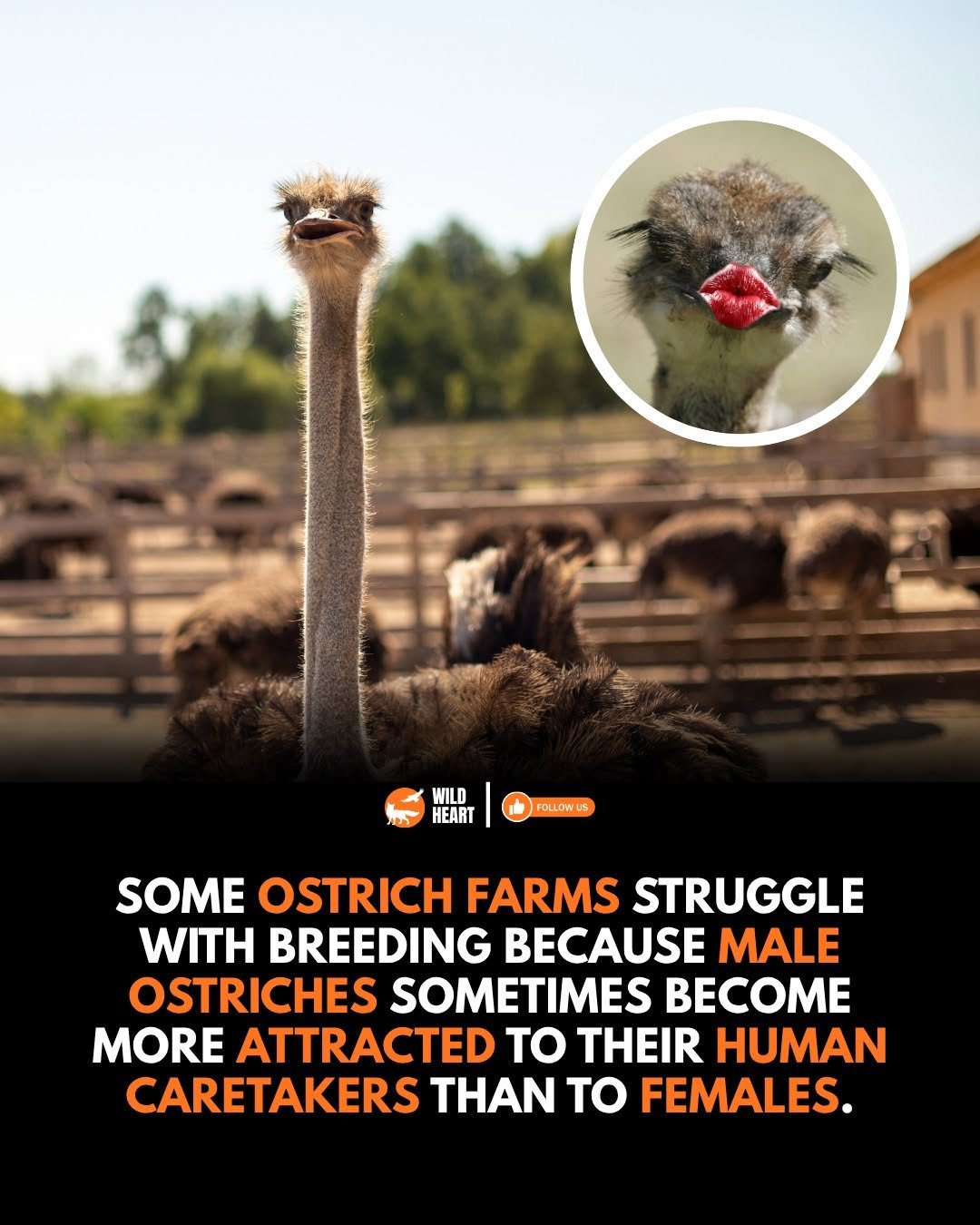
Friends… let me hit you with something you’re absolutely not prepared for. Some male ostriches—yes, the giant birds with the cartoon legs—refuse to flirt with female ostriches. Because they’re too busy… trying to impress the human caretakers. 🤭 I know. It sounds ridiculous. But on real farms, this happens more often than you’d think. A keeper walks by, and suddenly the male starts dancing, booming, fluffing his wings like he’s in a slow-motion music video. Meanwhile, the actual female ostriches stand off to the side looking offended, confused, and probably questioning their entire self-worth. 🧑🌾 But here’s the twist: it’s not “love.” It’s misdirected imprinting. These birds bond hard. Whoever feeds them, handles them, or shows up every morning becomes the center of their attention. And that attention can throw entire breeding programs off, leaving farmers improvising with barriers, reduced human contact, and even fake cardboard “lady ostriches” just to get things back on track. 🤯 It’s hilarious, yes. But it’s also a reminder that nature doesn’t always follow the rulebook we expect. Sometimes, even a six-foot bird can mistake routine care for affection. And honestly? That says more about us than them. #ostrichfacts #farmstories #animalbehavior #wildlifebiology #strangebuttrue
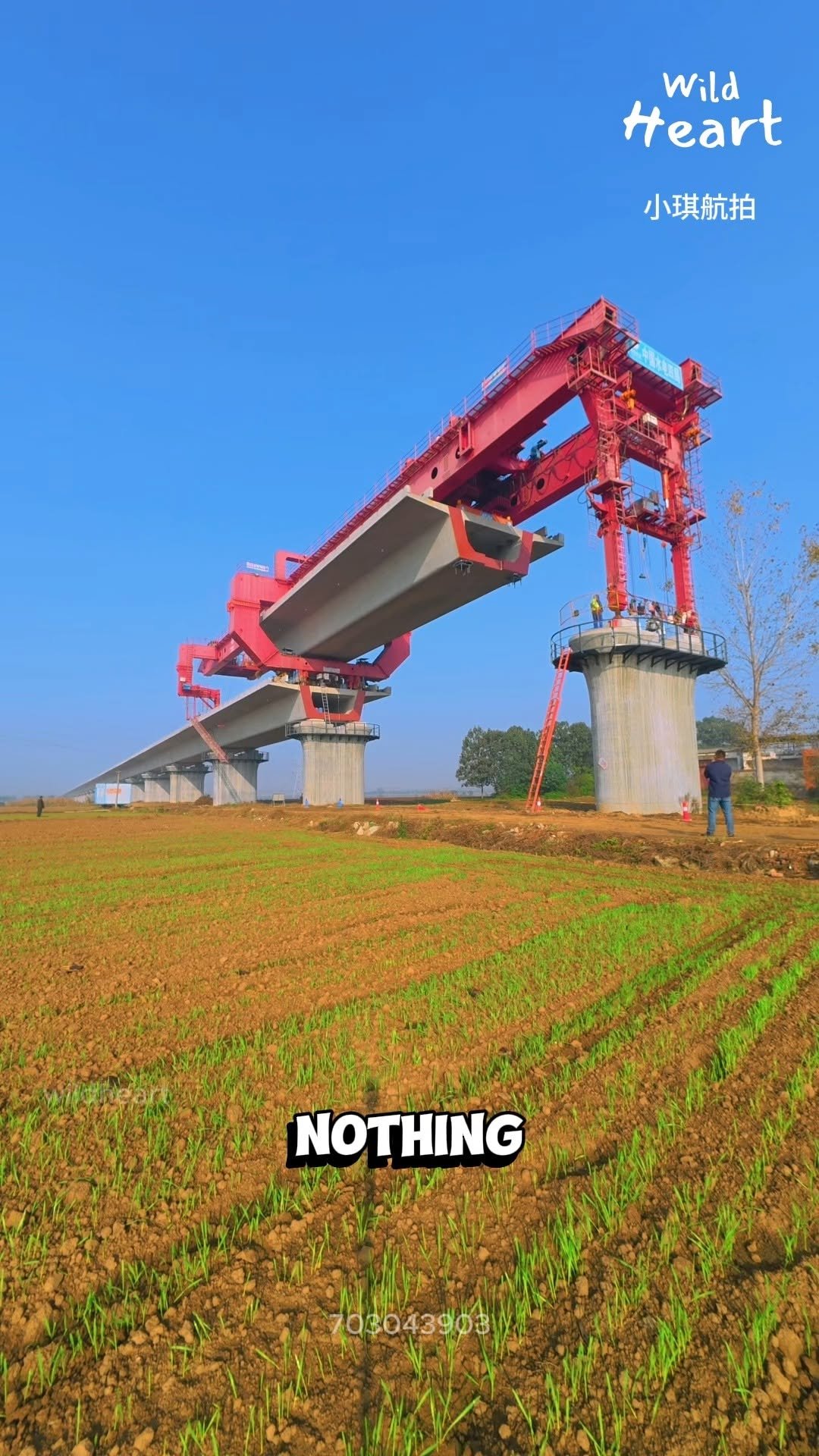
China’s Crazy Fast Rail Method #HighSpeedRail #EngineeringF #Infrastructure #Construction #HeavyMachinery

Friends… here’s something that stopped me in my tracks: in Japan, even machines are given a final farewell. Not scrapped. Not dumped. But thanked. 🗾 It sounds strange at first. Why would anyone hold a ceremony for an excavator or an old factory robot? 🚜⚙️ Yet when you see it, it makes sense. Workers gather. A Shinto priest offers a blessing. People bow to a machine that spent decades lifting, grinding, or building for them. It’s not worship. It’s gratitude — shaped by the belief that anything that served faithfully deserves respect, even in its final moments. 🎎 And here’s the part that hits different. In most places, a machine dies quietly. No one notices. In Japan, they stop the day and say, “You worked with us. You mattered.” It’s a reminder that dignity isn’t limited to people. It can extend to the tools that carry our weight, day after day, without complaint. 💛 Maybe the twist isn’t the ceremony. Maybe it’s the idea that showing gratitude — even to a machine — says something about who we are. A little respect goes further than we think. 🫡 #JapanCulture #ShintoTradition #MachineRetirement #RespectAndRitual #HumanityInTechnology

Imagine spending months in space, only to hear the words no astronaut ever wants to hear: “Your ship home might not make it.” 😱 That’s exactly what happened to China’s Shenzhou-20 crew. One tiny piece of space junk — smaller than a pebble — struck their return capsule and left hairline cracks on a viewing window. Not catastrophic. But enough to turn a routine re-entry into a life-or-death question. 🛰️ At first, the crew thought it was just a delay. A minor check. But the deeper engineers looked, the worse the odds became. And this is the part that hits me: in space, something you can’t even see can rewrite your entire mission. These astronauts trained for danger, but they didn’t expect their ride home to be the thing that failed them. 👨🚀 Then came the twist. Instead of risking re-entry, China sent up the next spacecraft — Shenzhou-21 — to bring them back safely. A backup ride. A second chance. Proof that even in orbit, you don’t gamble with human lives. 🚀 It reminds me how fragile our technology is compared to the endless, uncaring sky. And how courage often means waiting, not rushing. Sometimes survival starts with slowing down and choosing the safer path. #ChinaSpace #Shenzhou20 #SpaceDebris #AstronautSafety #TiangongStation
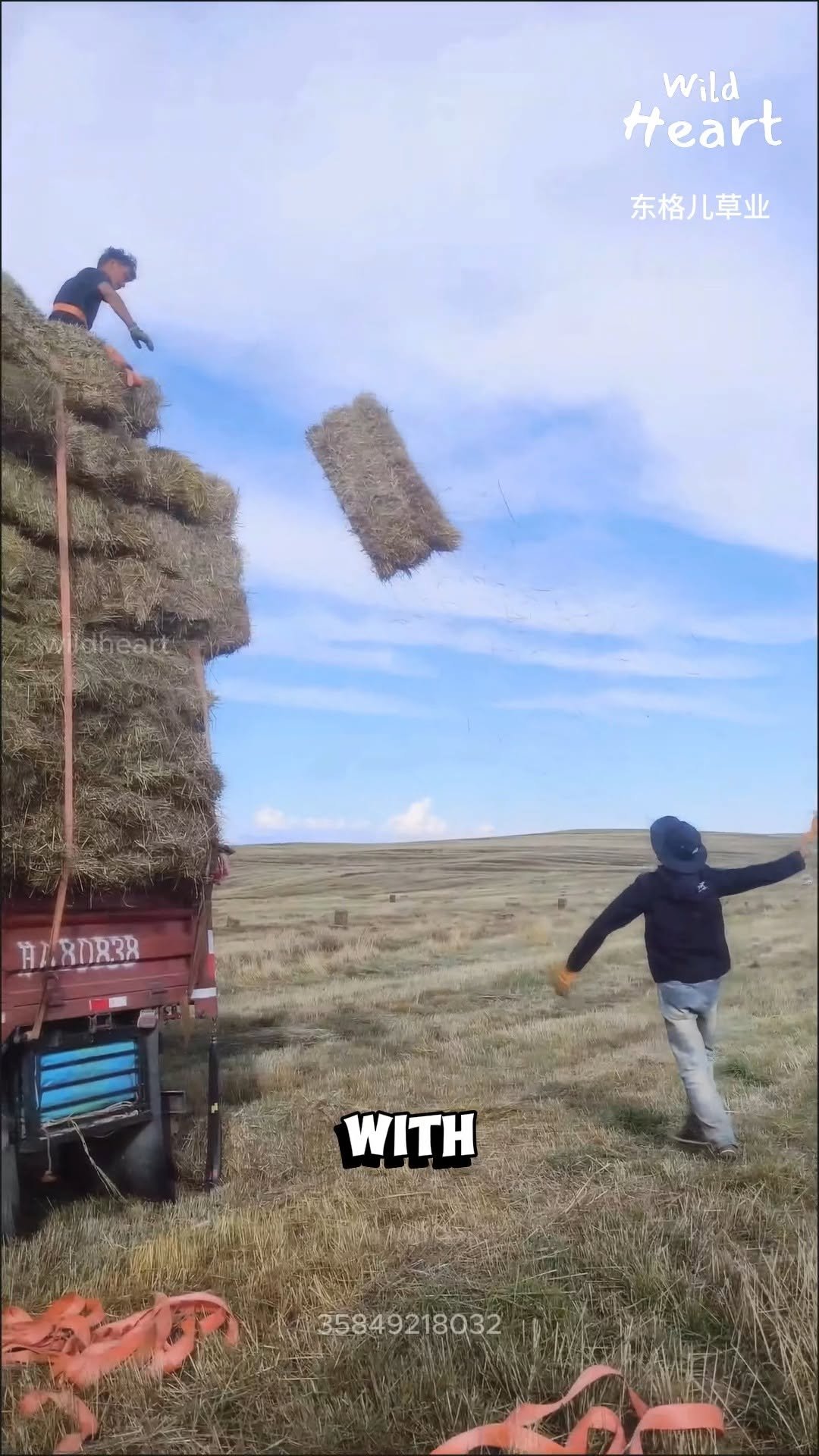
The Art of Bale Throwing #hay #agriculture #farminglife #ruralliving #rurallife

Friends, here’s a truth that hits harder the more you sit with it: some parents fight for education like it’s survival. 🎓 In a small province in Afghanistan, a father named Mia Khan rides twelve kilometers every single morning just to get his three daughters to school. Not once a week. Not when it’s convenient. Every day. And he doesn’t rush home afterward. He waits. Four long hours outside the building, sitting on his motorcycle, listening to the sound of lessons he was never allowed to hear himself. 🛵💨 At first, it sounds simple — a dad supporting his kids. But then it hits you: in a place where girls’ education is fragile, where opportunity is never promised, this man treats learning like a lifeline. He could stay home. He could save the fuel. He could follow the local norms that say girls shouldn’t study at all. But he doesn’t. He chooses the harder path because he wants his daughters to have the future he never had access to. 💛 And maybe that’s the quiet lesson here: sometimes the strongest heroes are the ones who wait outside the school doors. A thought worth carrying with you. #Afghanistan #Education #Father #HumanityFirst #EducationAgainstOdds
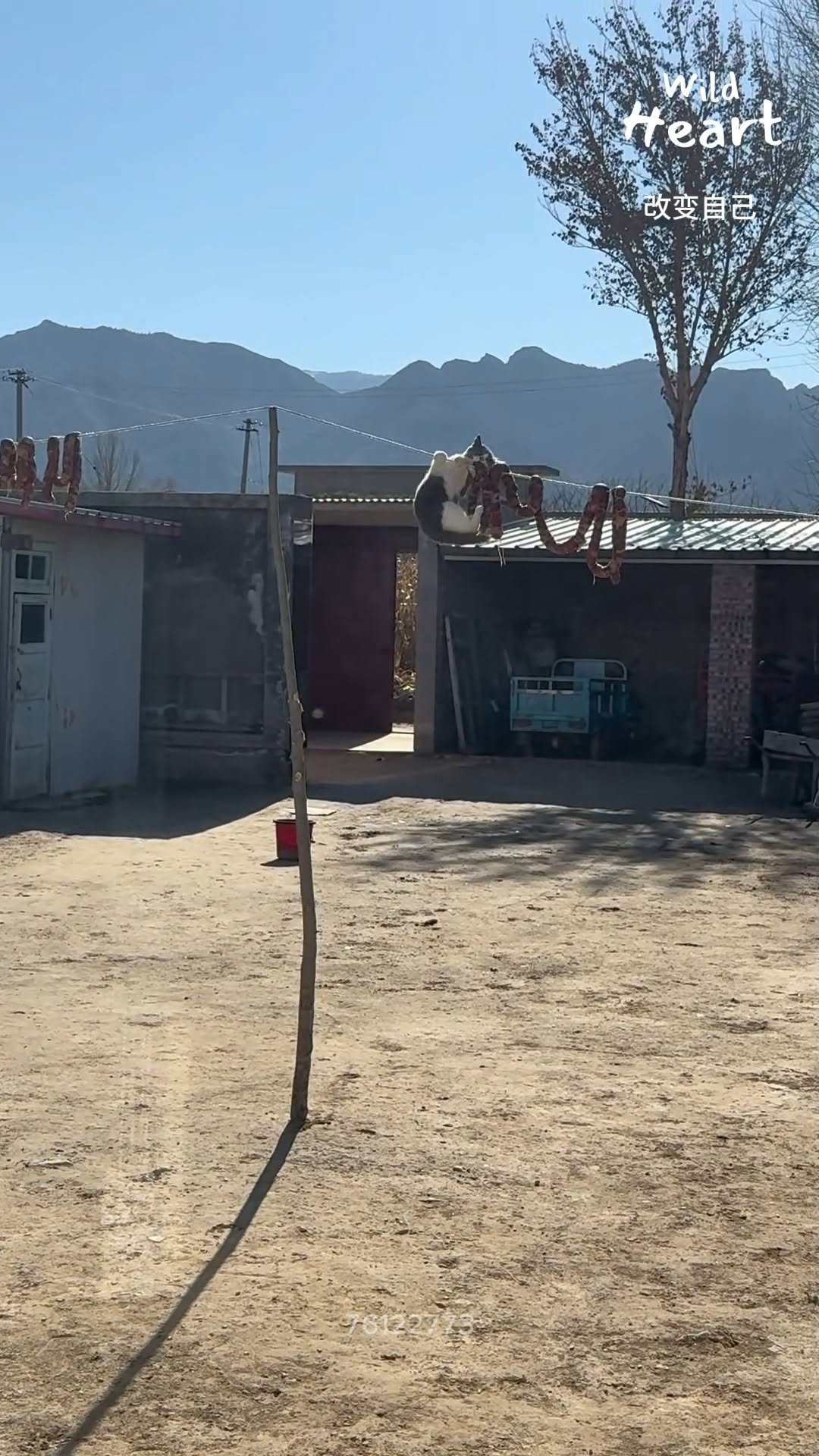
Mission Impossible: Sausage Edition #catantics #funnyanimals #rurallife #caughtoncamera #catvideos

Friends, here’s a story that still feels like a punch to the chest. 💔 A 13-year-old boy, Sahjid Bulig, walked into the Bocaue River Festival thinking it would be just another celebration. Firecrackers, prayers, a pagoda drifting along the Bulacan river. Nothing dangerous. Nothing out of the ordinary. 👦🏻 Then the structure overturned. 🌊 In seconds, the river turned into panic — people screaming, children slipping under, families clawing for anything that could float. And while grown adults were frozen in shock, Sahjid didn’t hesitate. He dove straight into the water and pulled a child up. Then another. And another. Witnesses said he moved with this stubborn kind of courage, like someone who refused to let fear win. 🥵 But every rescue drained him. Every dive cost him a little more. And after saving several lives, his exhausted body finally sank beneath the same water he tried to conquer. 🏊 He didn’t survive the day he saved others. 😢 And maybe that’s the lesson we keep missing — heroism isn’t always loud. Sometimes it’s a boy who never comes home, but leaves a river full of people who did. #Philippines #SahjidBulig #PhilippineHeroes #RealLifeCourage #History

Friends… imagine being fourteen and realizing your dad isn’t coming back. Not for a talk. Not for dinner. Not for anything. 🤔 That’s the moment Rob Kenney grew up faster than he should have. And for years, he carried that quiet ache — the kind you don’t brag about, the kind that shapes you in ways no one sees. 💔 But here’s the twist. Instead of letting that pain harden him, he turned it into something strangely gentle. He built a YouTube channel called “Dad, How Do I?” Not for fame. Not for trends. Just to teach kids the basics their fathers never showed them — how to tie a tie, fix a sink, shave without bleeding, change a tire without panicking. 👨🏼🧔♂️ And suddenly millions watched. 👀 Not because the tasks were hard, but because the kindness was rare. This wasn’t a man trying to replace anyone’s father. It was a man saying, “You deserved someone to guide you. And if you didn’t have that… here I am.” 💛 Maybe that’s the real lesson: even the wounds we never asked for can become tools that help someone else stand a little steadier. 📷: Dad, How Do I?/Youtube #DadHowDoI #WholesomeStories #LifeSkillsForAll #FatherlessKidsSupport #InspiringCreators
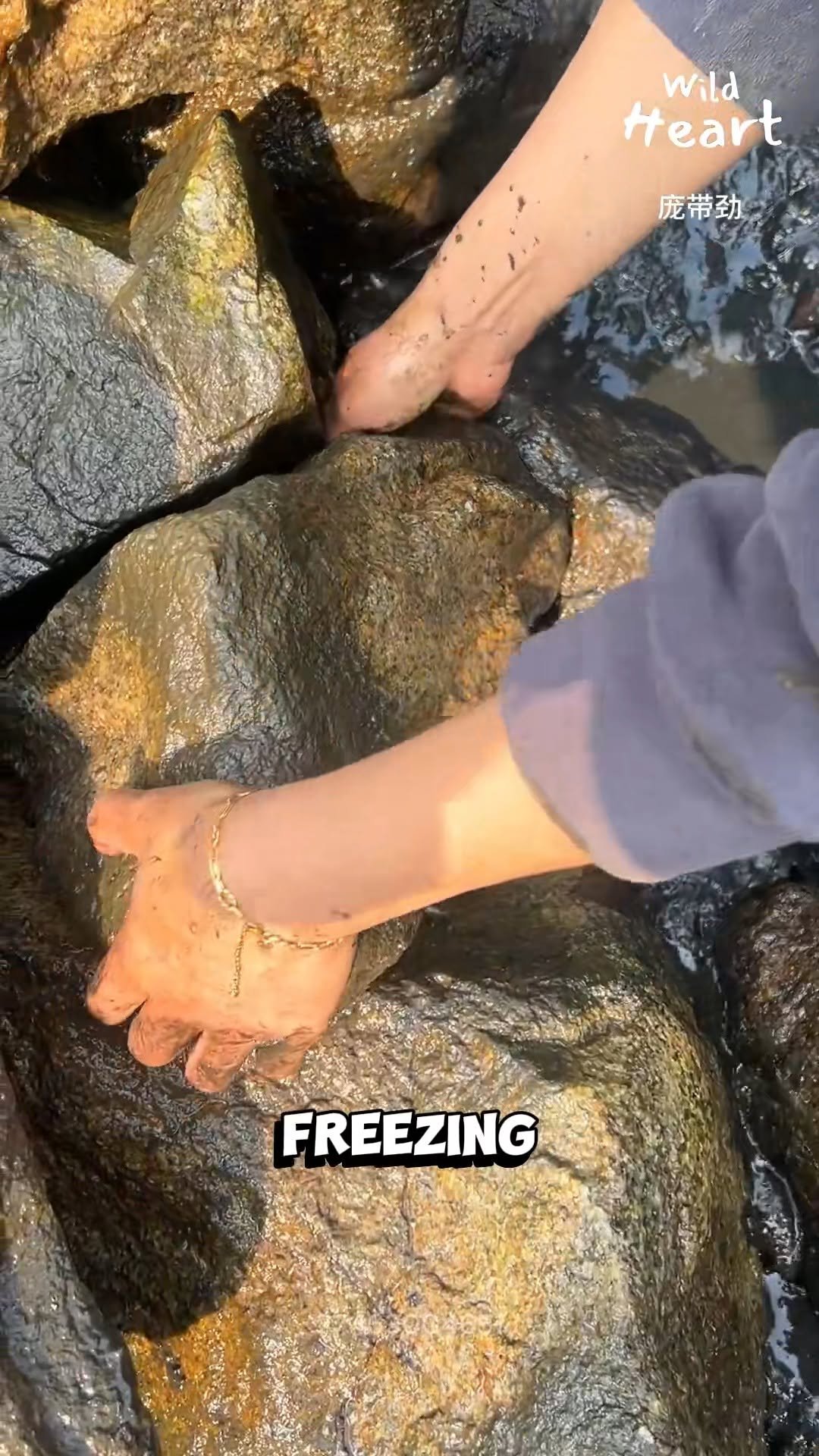
Flipping Rocks for Dinner #WinterForaging #ColdSeasonHarvest #RuralLifeVibes #NatureFinds #StreamForaging
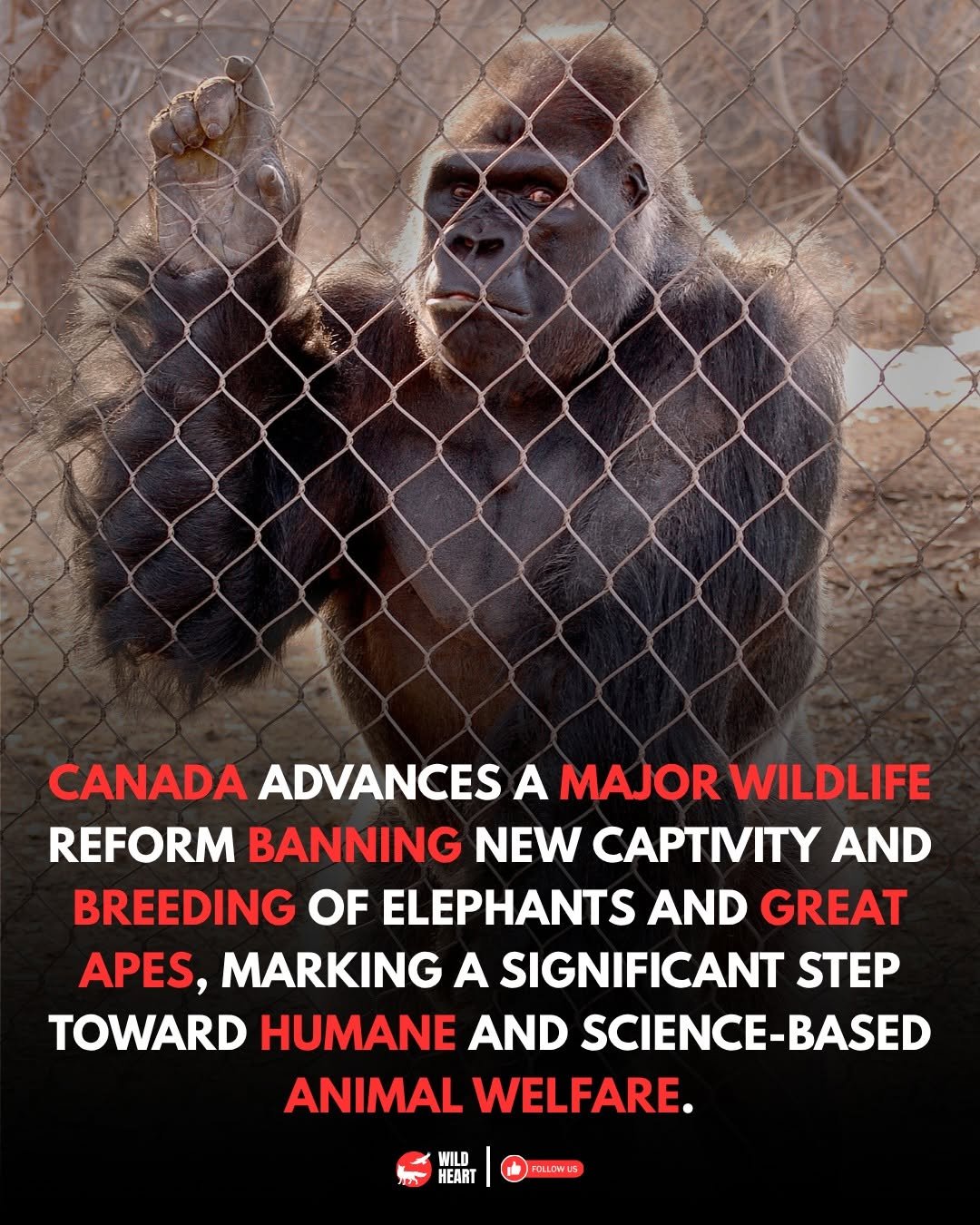
Friends, here’s a sentence I never thought I’d say: a country just took a stand for animals who cannot speak for themselves. And it might change everything. 🍁 Canada has moved forward with a historic bill that bans the captivity and breeding of elephants and great apes — animals that scientists have long recognized as sentient, emotional, and painfully aware of their confinement. For decades, they’ve been boxed into concrete enclosures and treated as exhibits for crowds who never questioned the cost. 🐘🦍 But here’s the twist: this isn’t just about setting rules. It’s about acknowledging that intelligence isn’t limited to humans. It’s about admitting that we’ve ignored suffering simply because it lived behind a fence. And now, for the first time, a government is saying, “Enough. No more new captures. No more forced breeding. No more pretending this is harmless.” 🙅🏼♀️ It won’t free every animal overnight. But it shifts the moral baseline. It tells the world that welfare is not optional — it’s the bare minimum. And maybe that’s the real victory here: the moment we finally recognize that compassion shouldn’t stop at our own species. #Canada #Wildlife #WildlifeProtection #AnimalRights #Reform #ElephantWelfare #GreatApeConservation #EndingCaptivityMovement
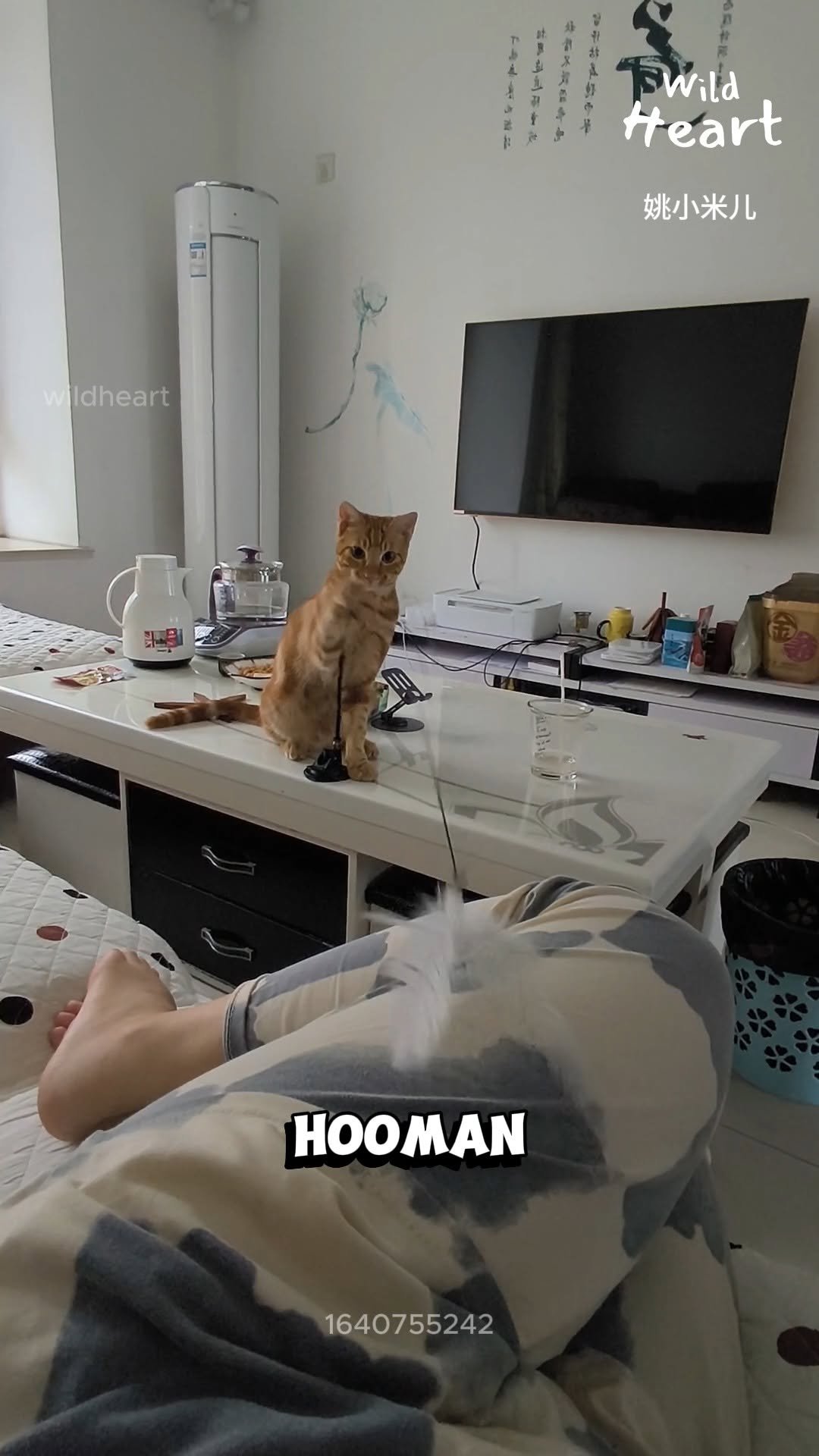
How To Train Your Hooman #cat #catlife #petlife #funnypet #catlovers





























